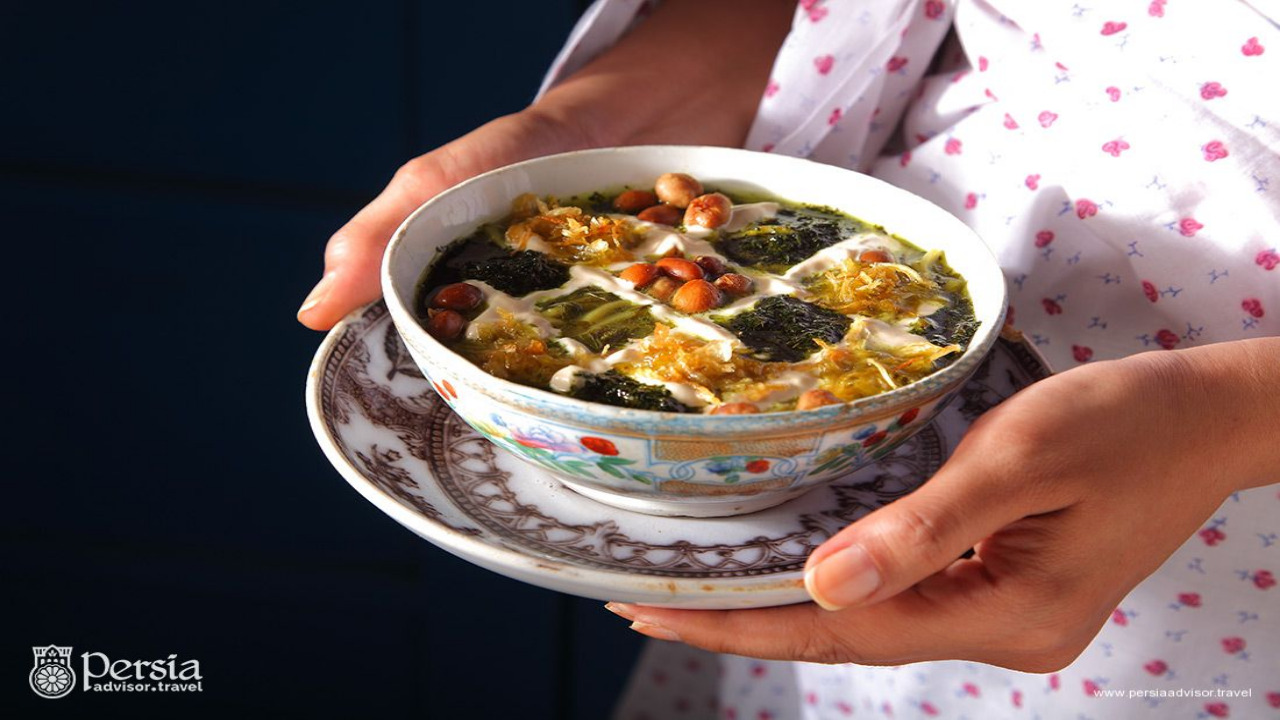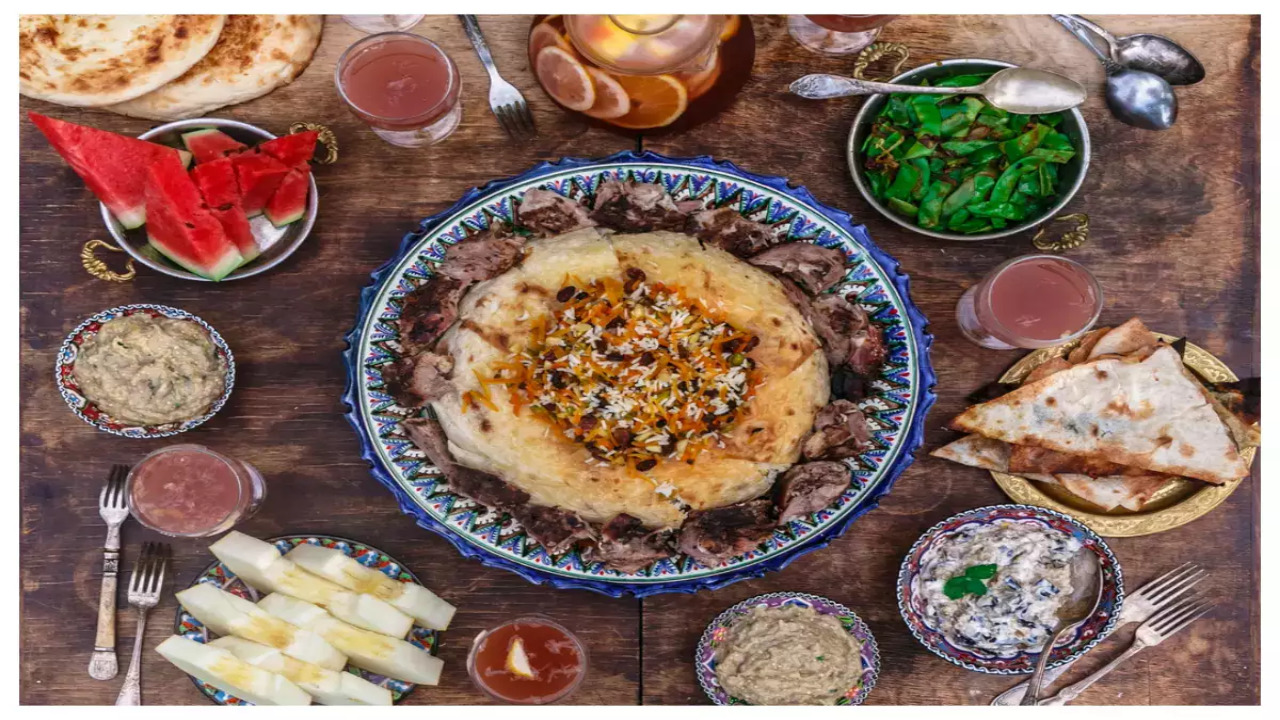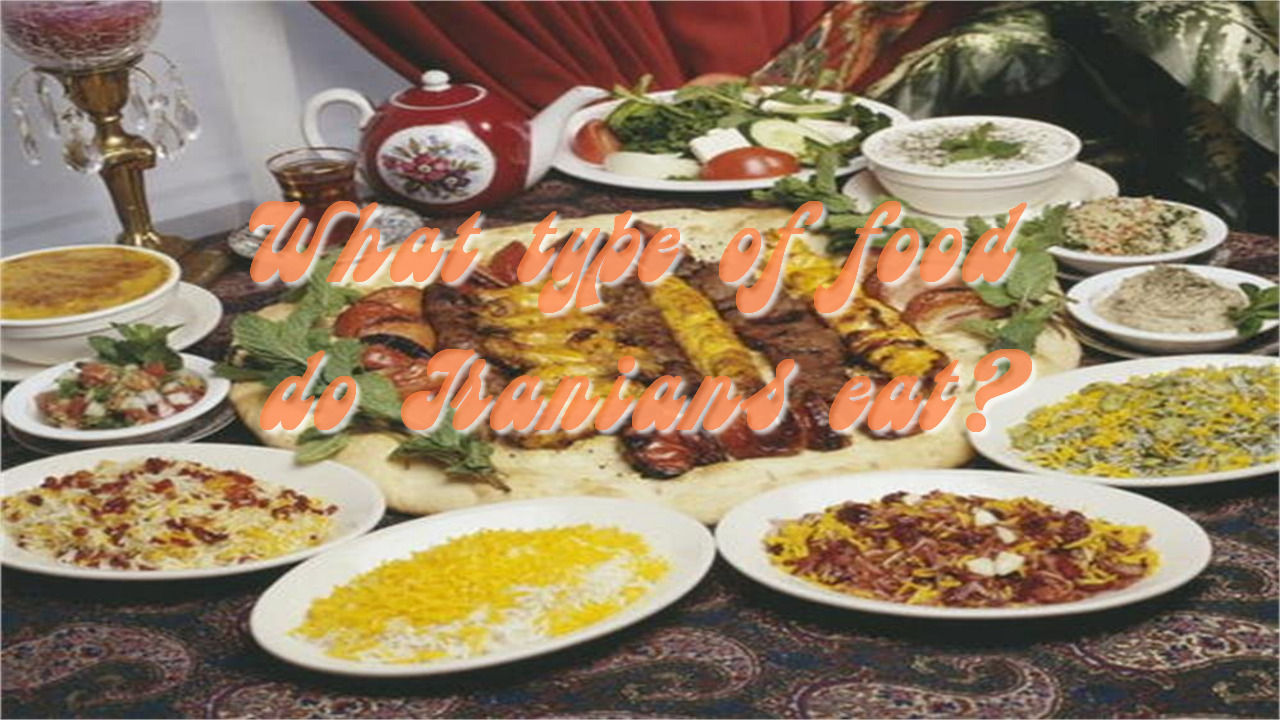Iranian cuisine is a rich and diverse tapestry that reflects the country’s long history, cultural heritage, and geographic diversity. With influences from various regions and neighboring countries, Iranian food has developed a unique character that tantalizes the taste buds with its intricate flavors and enticing aromas. From traditional dishes to modern adaptations, Iranian cuisine offers a captivating culinary journey that continues to captivate people around the world.
Historical and Cultural Influences
 Over centuries, Iran has been a crossroads of civilizations, attracting travelers, traders, and conquerors. These interactions have significantly impacted the country’s culinary landscape. One notable mention is the use of beluga caviar, a delicacy derived from sturgeon roe, which has been historically enjoyed by the elites of Persia and beyond. This opulent ingredient found its way into Iranian cuisine, adding a touch of luxury to certain dishes.
Over centuries, Iran has been a crossroads of civilizations, attracting travelers, traders, and conquerors. These interactions have significantly impacted the country’s culinary landscape. One notable mention is the use of beluga caviar, a delicacy derived from sturgeon roe, which has been historically enjoyed by the elites of Persia and beyond. This opulent ingredient found its way into Iranian cuisine, adding a touch of luxury to certain dishes.
Main Ingredients in Iranian Cuisine
Iranian cuisine revolves around a variety of ingredients that are staples in daily meals. Rice, the cornerstone of most Iranian dishes, is often prepared in a unique way, creating a crispy layer known as ” tahdig.” Herbs such as mint, cilantro, and parsley are used generously to infuse dishes with freshness and aroma. Fresh fruits, nuts, and legumes contribute to the diverse array of ingredients that find their way onto Iranian tables.
Flavors and Spices
Iranian cuisine is celebrated for its delicate balance of flavors, blending sweet, savory, and tangy notes. The use of saffron, one of the world’s most precious spices, imparts a vibrant golden hue and a distinctive earthy flavor to many dishes. Other spices like turmeric, cardamom, and cinnamon play a vital role in creating the complex layers of taste that characterize Iranian food.
Common Dishes in Iranian Cuisine
 Iranian cuisine boasts a plethora of mouthwatering dishes that have become iconic representations of the country’s culinary prowess. Kebabs, both meat and vegetable varieties, are grilled to perfection and often accompanied by fragrant rice and grilled tomatoes. Ghormeh Sabzi, a stew made with a mixture of herbs, is a comfort food that warms both the heart and soul. And let’s not forget about the sumptuous use of beluga caviar, adding a luxurious touch to gatherings and special occasions.
Iranian cuisine boasts a plethora of mouthwatering dishes that have become iconic representations of the country’s culinary prowess. Kebabs, both meat and vegetable varieties, are grilled to perfection and often accompanied by fragrant rice and grilled tomatoes. Ghormeh Sabzi, a stew made with a mixture of herbs, is a comfort food that warms both the heart and soul. And let’s not forget about the sumptuous use of beluga caviar, adding a luxurious touch to gatherings and special occasions.
Regional Variations
Just as Iran’s landscape varies from north to south and east to west, its cuisine also experiences regional diversity. Caspian coastal areas emphasize seafood, while the desert regions focus on heartier dishes. Each region brings its own unique ingredients and cooking techniques to the table, resulting in a diverse tapestry of flavors within Iranian cuisine.
Special Occasion Foods
Iranian cuisine shines brightest during special occasions and celebrations. During Nowruz, the Persian New Year, a colorful spread known as the “Haft-Seen” table features an array of symbolic dishes, each representing a different hope for the coming year. Festive dishes like biryani, a rice dish layered with marinated meat, dried fruits, and nuts, grace the table during weddings and other joyous events.
Modern Trends and Changes
While deeply rooted in tradition, Iranian cuisine has also evolved over time to accommodate modern tastes and lifestyles. Contemporary chefs and home cooks experiment with fusion cuisines and innovative presentation, blending traditional flavors with international influences. This adaptation ensures that Iranian cuisine remains relevant and appealing to new generations of food enthusiasts.
Conclusion
In conclusion, Iranian cuisine is a delightful journey that encompasses history, culture, and the art of culinary creativity. From the lavish use of beluga caviar to the intricate balance of flavors and spices, each element contributes to the unique character of Iranian dishes. As Iran continues to embrace its rich heritage while adapting to modern changes, its cuisine remains a captivating representation of the country’s spirit and diversity.
